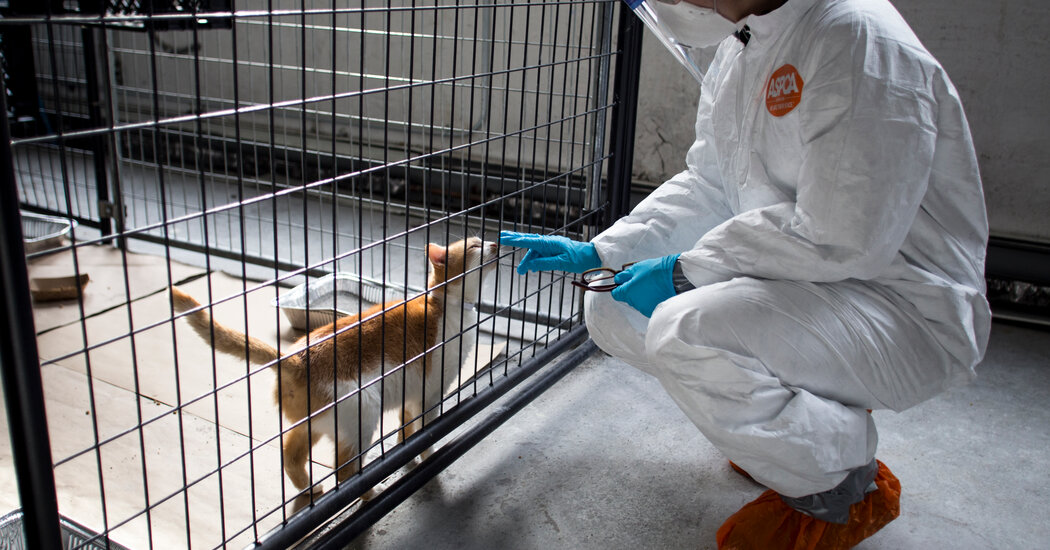
“Domestic cats are actually highly susceptible to avian influenza, and especially H5N1,” said Kristen Coleman, an infectious disease researcher at the University of Maryland. “But there has been a recent uptick in domestic cat infections, a drastic uptick.”
There have been sporadic reports of infected dogs, too.
While bird flu infections of pets remain rare overall, they can be severe, especially in cats. “It results in very severe illness and oftentimes death,” Dr. Coleman said. “So it’s very serious, and it should be taken seriously.”
But a few “reasonable precautions” can help people keep their pets safe, she said.
Here’s what to know:
How are cats getting bird flu?
On dairy farms, cats were infected after drinking unpasteurized milk, also known as raw milk, which contains very high levels of the virus, from sick cows. More than 80 percent of affected dairy farms had cats on their premises, and more than half of those farms reported sick or dead cats, according to federal data released on Thursday.
But even before the recent dairy outbreak, there were reports of infected cats, some of which probably caught the virus when they preyed upon infected birds. “As we get more dead, wild birds on the landscape, if we get more dead poultry on the landscape, these carnivores that may get into them and ingest them, even after they’re dead, are getting just a massive dose of virus,” said Dr. Justin Brown, a wildlife veterinarian at Penn State.
A few larger outbreaks have also been linked to contaminated raw poultry. In 2023, for instance, bird flu outbreaks hit two cat shelters in Seoul. Government investigators there subsequently found the virus in raw duck meat fed to the cats.